Blog

Pittsburgh’s Sounds of the City
Our Fall Flower Show: Rhythm and Blooms dives into a variety of marvelous musical genres including rock and roll, classical, bluegrass, reggae, hip-hop and jazz. Did you know that two of these genres, classical and jazz, have played a significant role in Pittsburgh’s history? Let’s take a look at how these two influential music genres made their way to Pittsburgh and are still celebrated for their impact today!
Classical
While classical music can be broadly defined as music in the western tradition, including orchestral and choral music, the Classical period of music evolved in Europe around the 1750s. It wasn’t until the 1890s that classical music officially made its way to the city of Pittsburgh! In the early 1890s, Andrew Carnegie was inspired by his wife Louise, who sung for the Oratorio Society of New York, to lay the groundwork for Carnegie Hall in New York City. With an endless appreciation for music, Carnegie would go on to create various music halls, in addition to libraries, around the Steel City. This allowed the residents of Pittsburgh to dip their toes into the art of classical music before receiving more consistent exposure once the original Pittsburgh Symphony Orchestra (PSO) was founded in 1896, with its first conductor, Frederic Archer.
After about two years under Archer’s leadership, the torch was passed off to Victor Herbert to lead the orchestra. Best known for his love of theater, charisma and flamboyant conducting, Herbert not only inspired those within the orchestra but also captivated the audience. During his leadership, Herbert began to make a name for the orchestra with performances all over the United States and through parts of Canada.
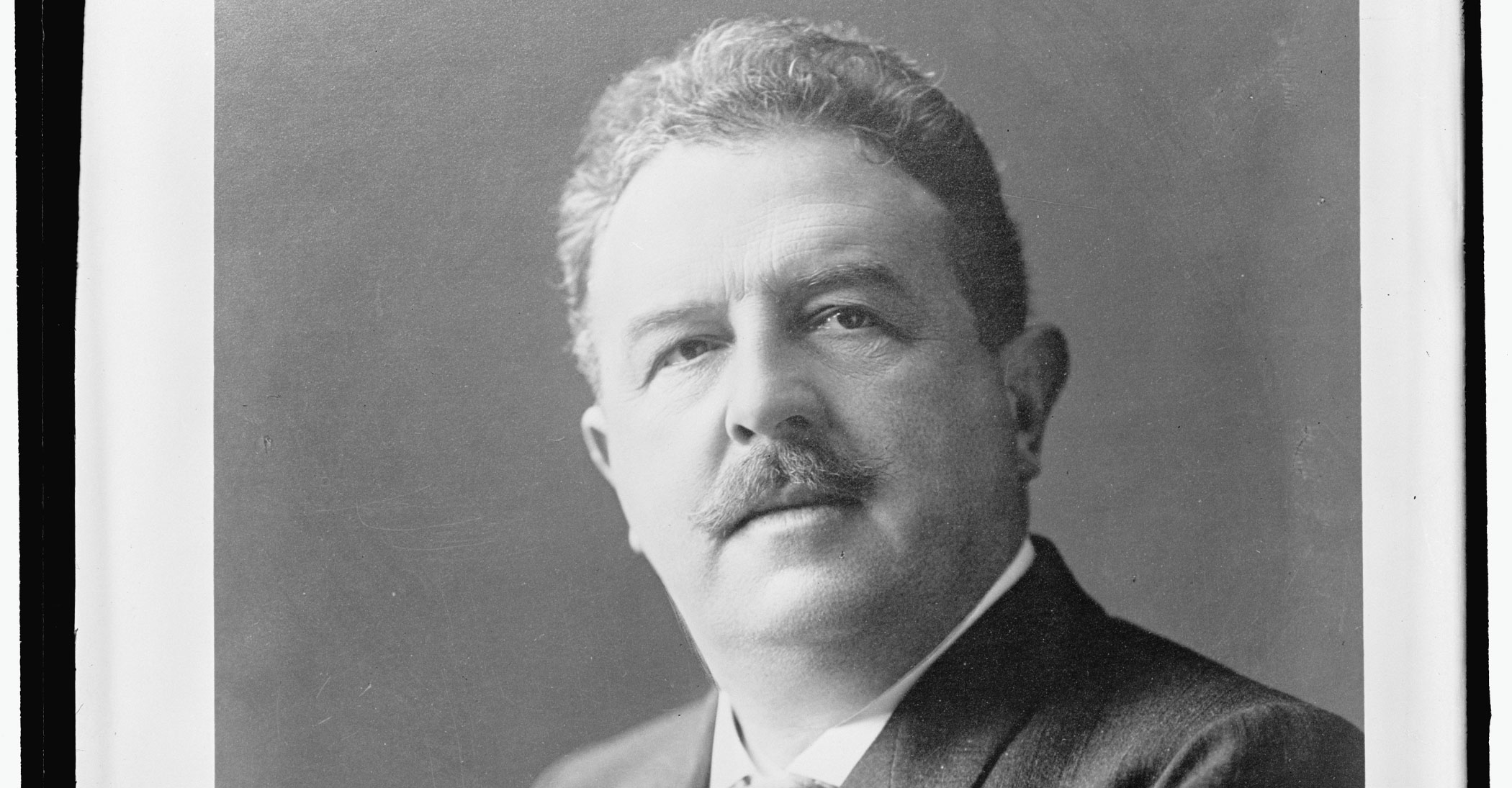
When Herbert transitioned out of this role around 1910, the symphony faced a variety of difficulties between the shifting of conductors, tension amongst musicians, financial strain and a temporary disbandment. It was not until the resurrection of the symphony in 1926 that things started to pick up steam again! Within a decade, performances by the symphony were being broadcast nationally on the radio and Pittsburgh’s appetite for classical concerts continued to grow.
In less than a decade, the popularity of classical music around Pittsburgh led to several different clubs and organizations being created, such as the Pittsburgh Opera. These clubs and organizations helped celebrate performing arts and the classical music genre’s orchestral music!
Over the next several decades, the PSO would continue to grow under several phenomenal conductors. This kept Pittsburgh on the map for classical music, gaining national and international recognition. The PSO still continues to create classical music that enriches the lives of Pittsburgh residents, and you can now enjoy performances by a myriad of other classical groups such as the Pittsburgh Philharmonic, University of Pittsburgh Symphony Orchestra and more musical masters!
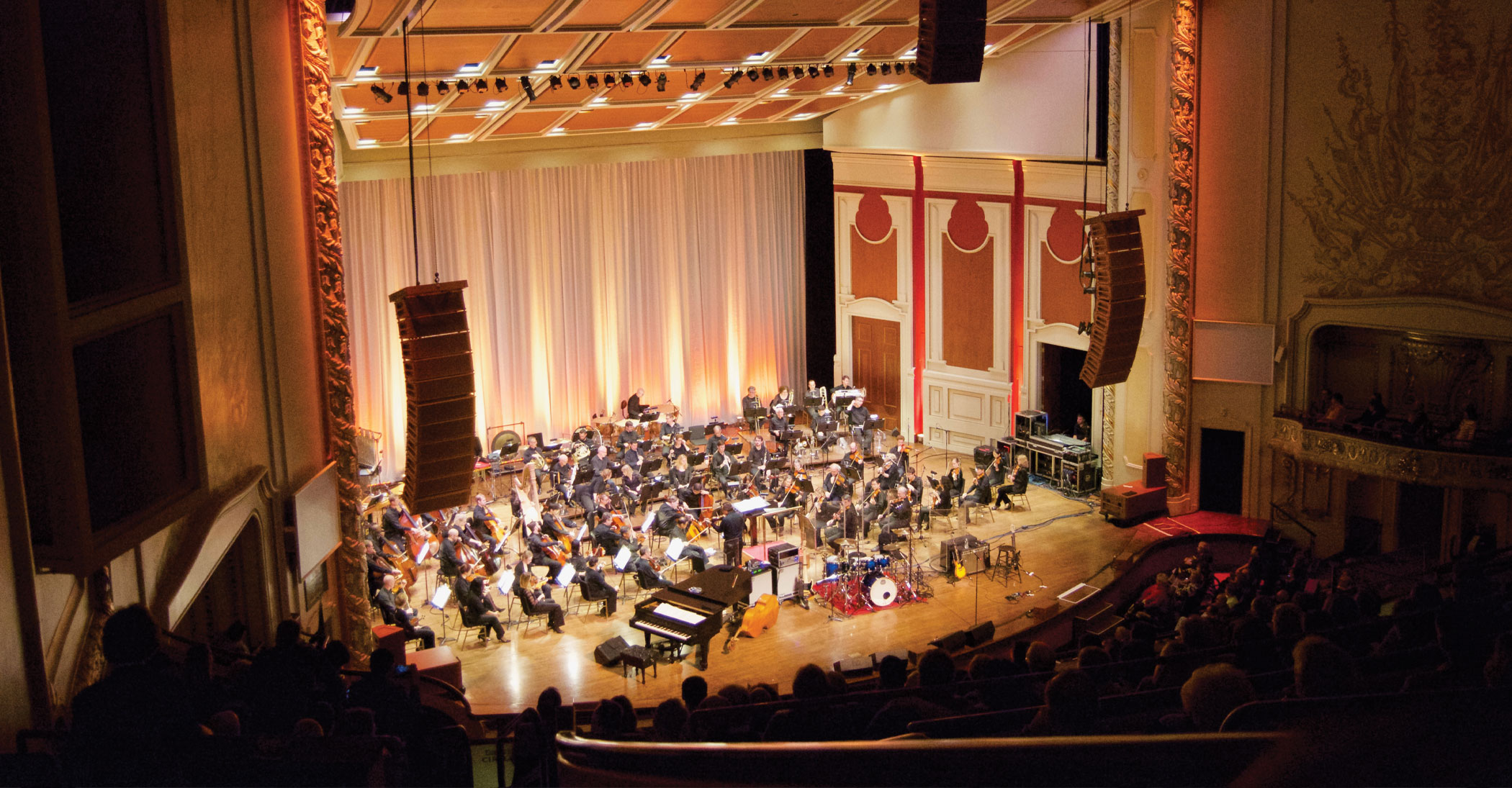
Jazz
Jazz music is said to have originated back in the late nineteenth century in African American communities of New Orleans, taking inspiration from genres like blues, ragtime, West African rhythms and more. With the migration of African Americans from southern states following the birth of this genre, it was during Harlem Renaissance where jazz was revolutionized. From 1918 to 1937 the Harlem Renaissance was a pivotal movement of cultural revival for African Americans in New York City. Harlem became a haven of discovery, activism and awareness that ultimately nourished the development of an artistic and creative richness never before seen. By the mid-1920s, the arrival of the coinciding Jazz Age started to transform within the city of Pittsburgh!
With Pittsburgh’s optimal location between New York City and Chicago, it served as a common stop for touring musicians, like Duke Ellington, drawing in hundreds of jazz pioneers to venues throughout the Steel City. One of the most notable venues at the time was the Crawford Grille in Pittsburgh’s Hill District neighborhood which earned nicknames, “Little Harlem” and “Crossroads of the World.” Brilliant jazz legends such as Ella Fitzgerald, Louis Armstrong and Dizzy Gillespie would all make an appearance at “The Grille,” leaving a lasting impression on the emerging local artists.
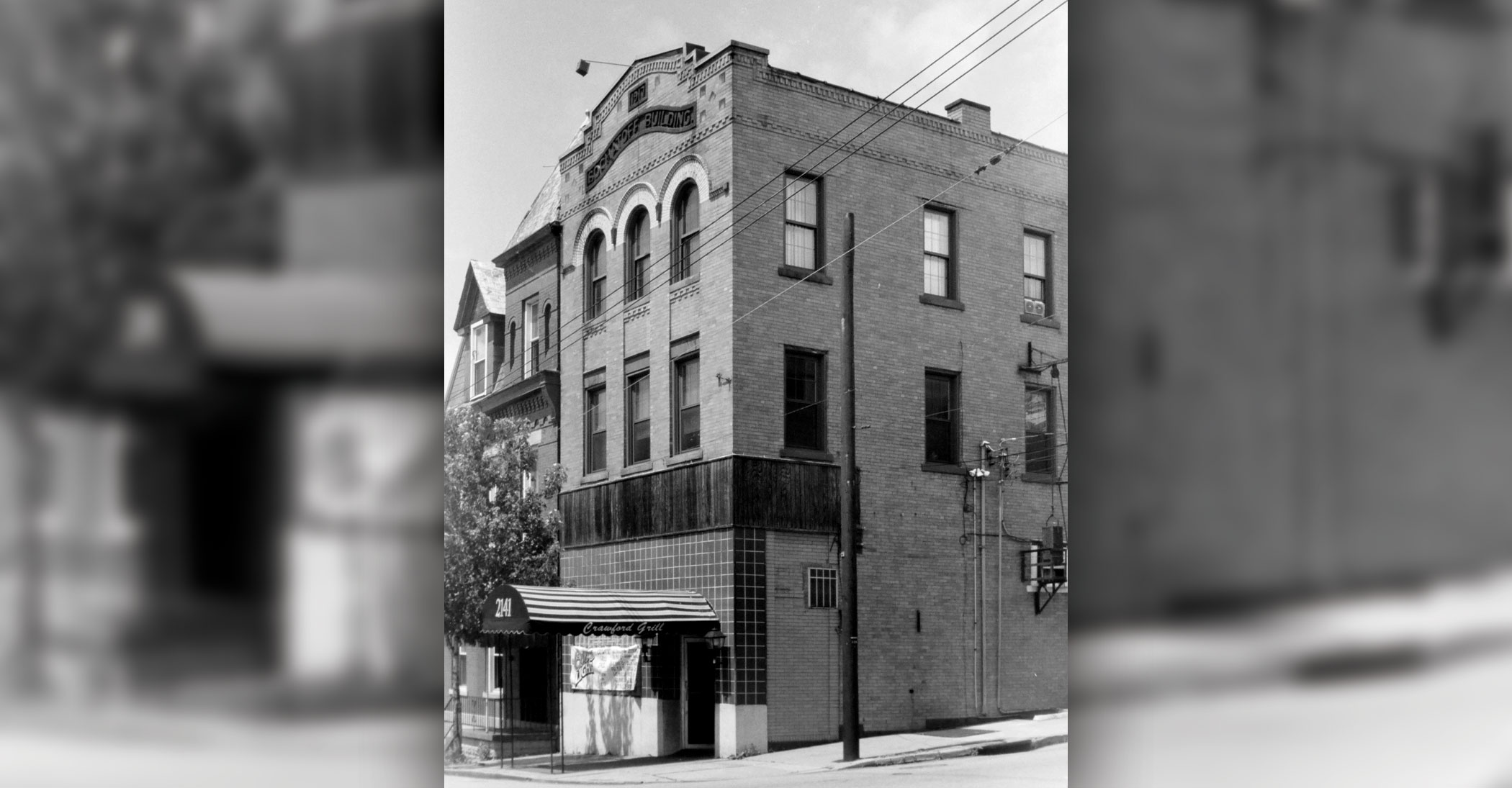
By the 1940s, black musicians throughout Pittsburgh began to develop a more experimental style of jazz called “Be Bop.” This style moved away from dance-oriented jazz and took inspiration from swing music by implementing faster tempos, exciting improvisation and more musical complexity. This would later evolve into styles such as Hard Bop and Vocalese! Sensational Pittsburgh musicians such as Earl Hines, Ahmad Jamal, Mary Lou Williams, Kenny Clarke and Erroll Garner are just a few of the artists credited with influencing the development of modern jazz.
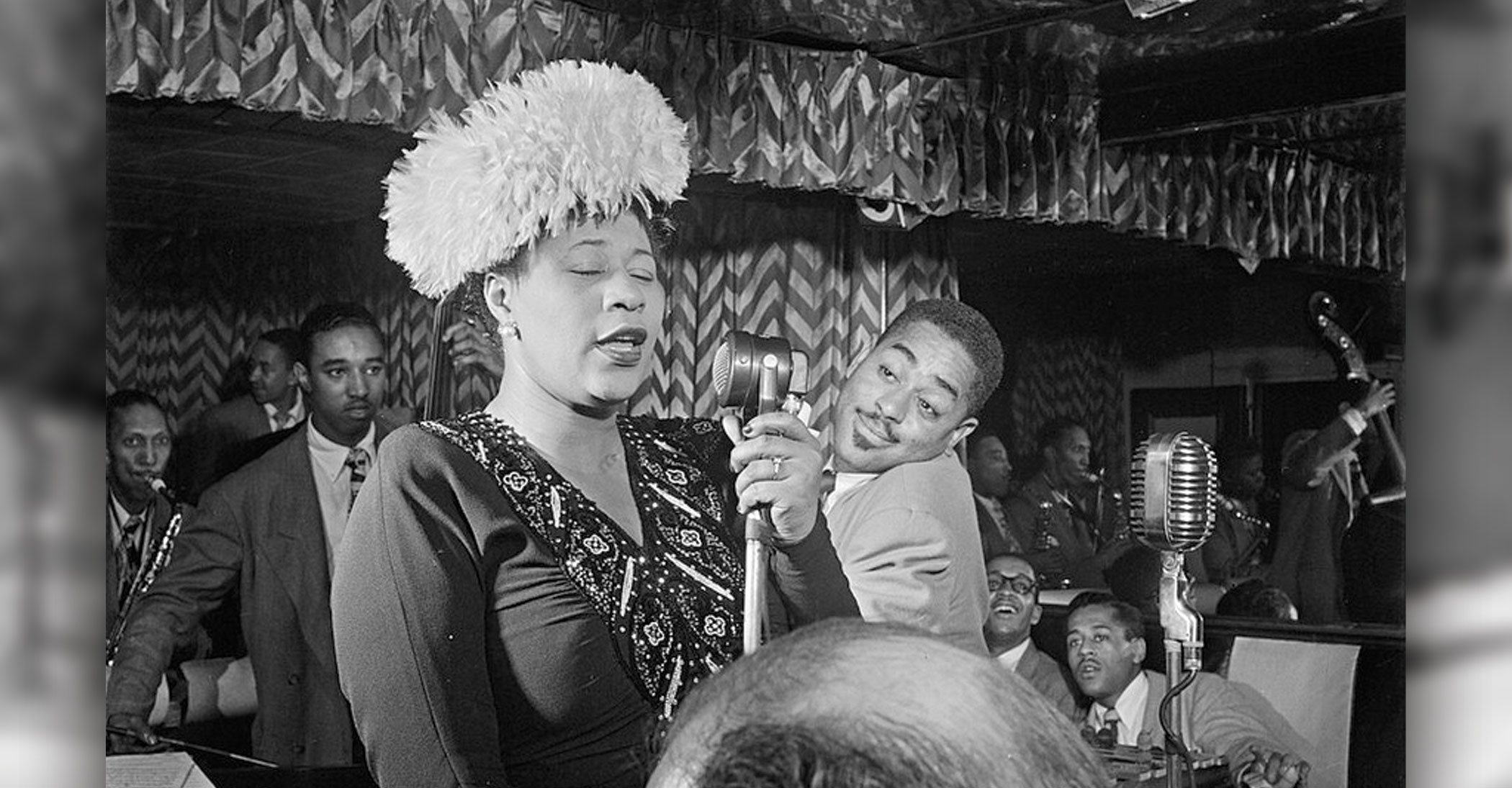
You can still find jazz music frequently celebrated throughout the city! Today, local artists such as Roger Humphries and Dwayne Dolphin, along with a variety of jazz ensembles, accessible live series, festivals and even Phipps’ very own Jazz in the Garden event continue to keep the history and culture of this genre alive in Pittsburgh.
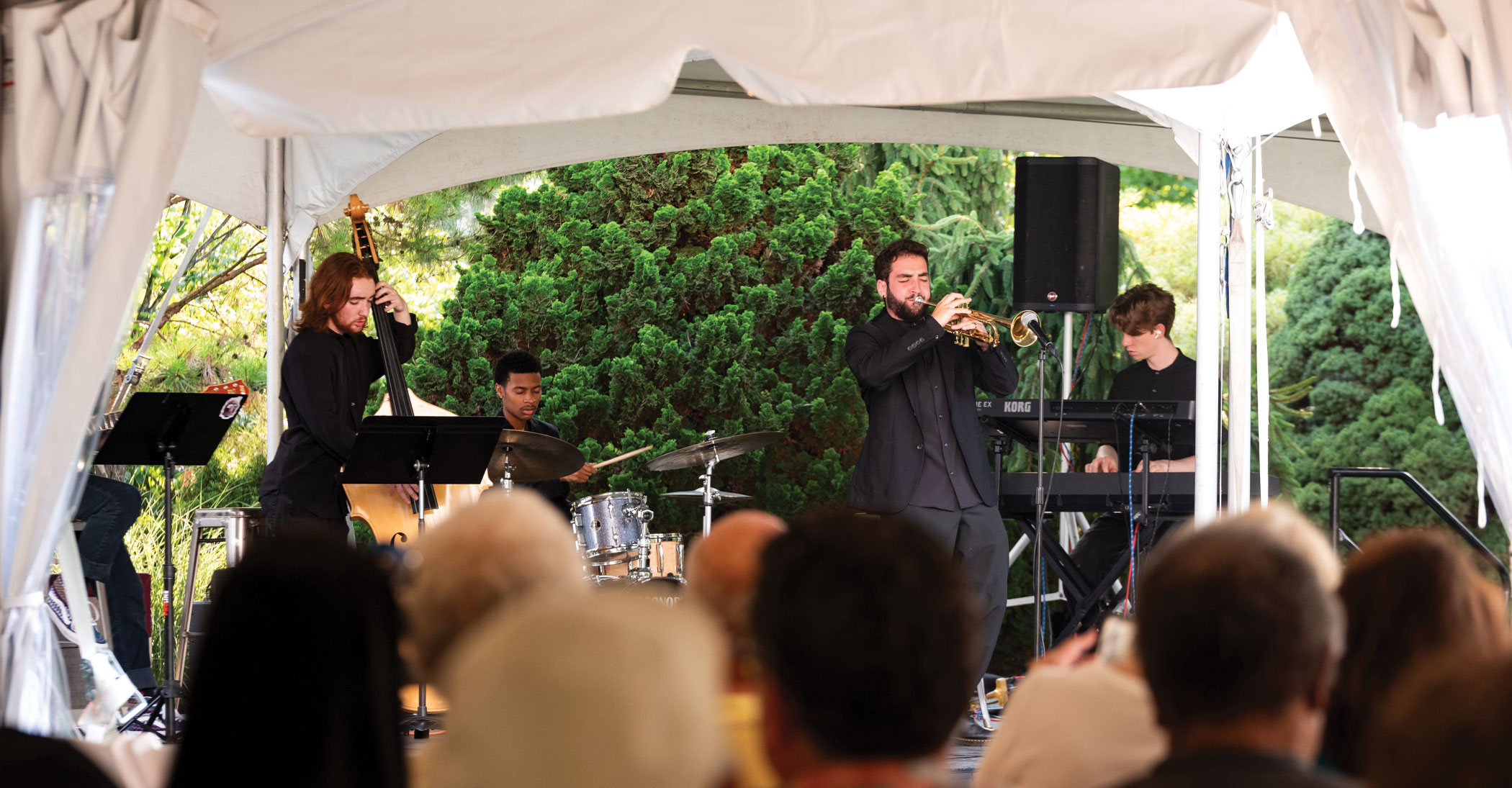
Music is known for its magical ability to invoke powerful feelings in us all, and these genres did just that. From entertainment to self-expression to cultural awareness, the people of Pittsburgh have been supporters, creators and investors in the music world for over 130 years. Music had the power to contribute to the development of Pittsburgh and create lifelong communities within it! Next time you are out in the city, take a moment to discover and appreciate the music that put Pittsburgh on the map of music!
Photos © Kitoko Chargois, Harris & Ewing Collection, Public domain, via Wikimedia Commons, Nick Amoscato, CC BY 2.0, vis Flickr, William P. Gottlieb, Public domain, via Wikimedia Commons, Cbaile19, CC0, via Wikimedia Commons

